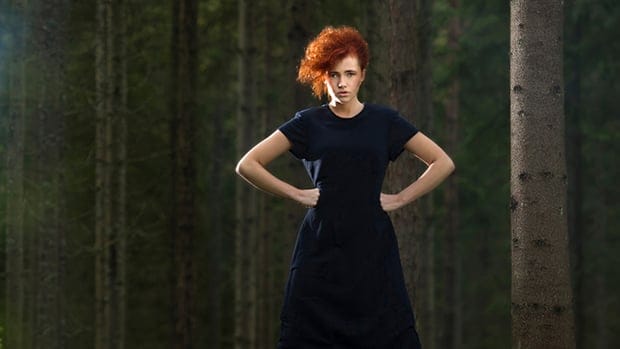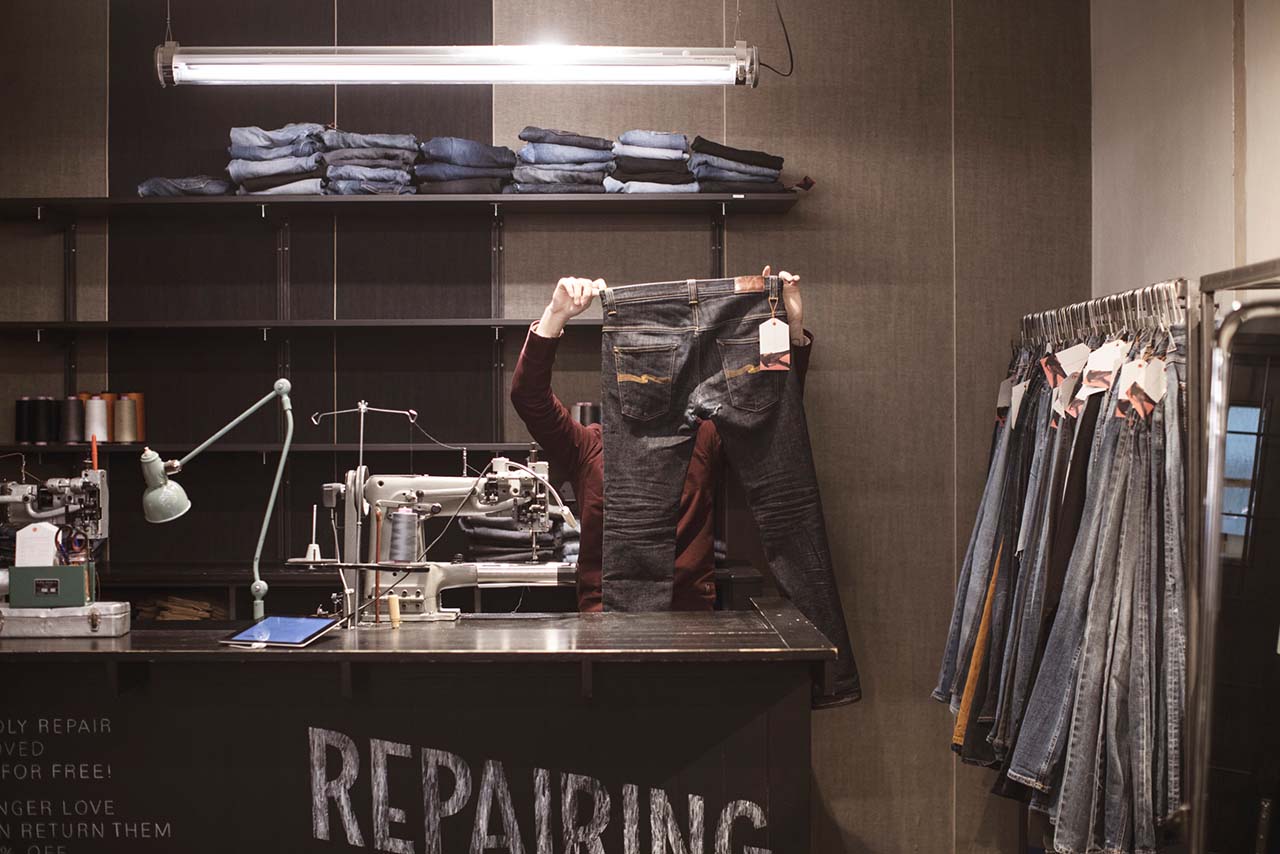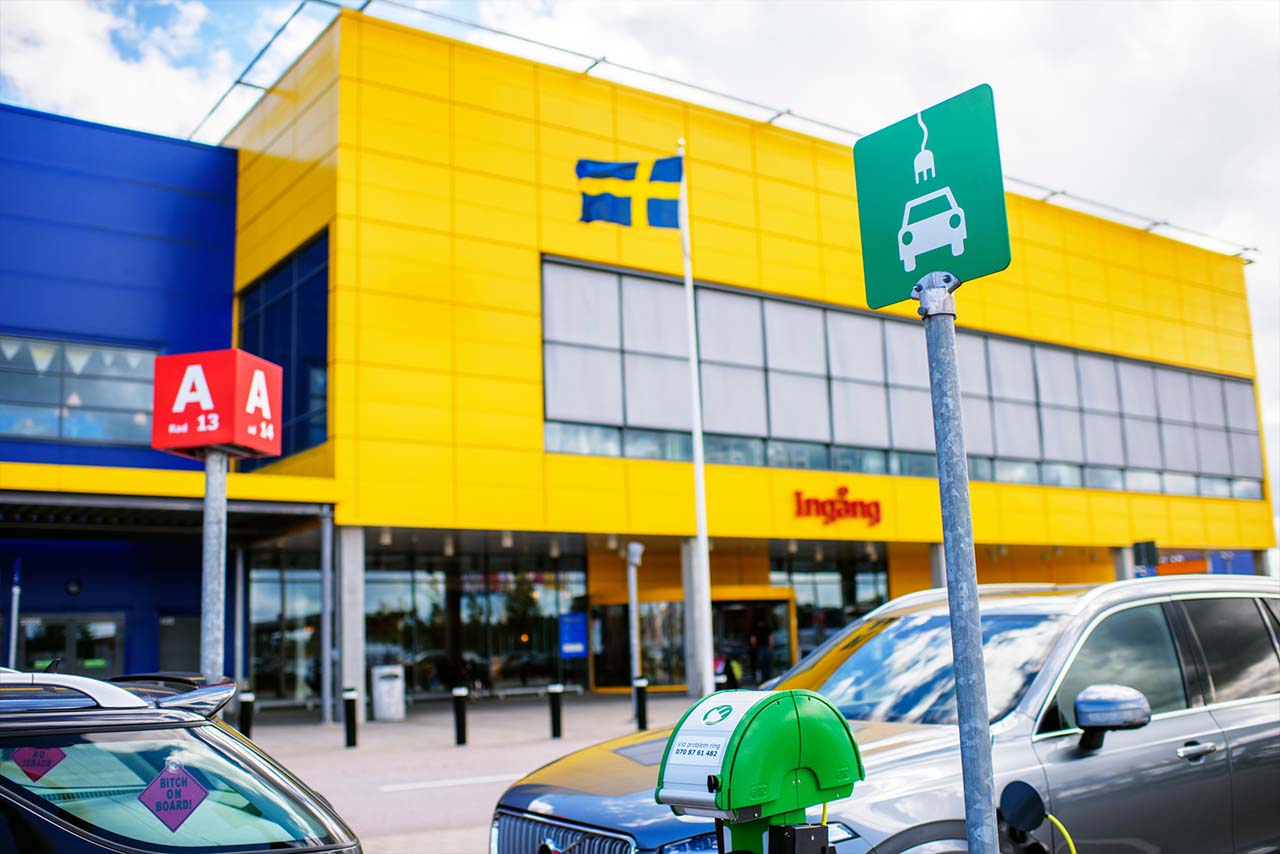
Recover better - UN-iting businesses for a better world
In a time of global disruption, ambitious climate action is as urgent as ever. The United Nations has therefore worked continuously to unite business efforts with governmental initiatives, for the past 20 years. But in order to meet the 17 UN Climate Goals, and reach the 1,5˚C by 2030, we need to Recover Better.
UN GLOBAL COMPACT
Taking action on climate change represents one of this century’s most defining topic. To recognize the transition to a zero-carbon economy is the only way to secure a sustainable future for all. Launched in 2000, by former UN Secretary-General Kofi Annan, the UN Global Compact was initiated to bring business and the United Nations together. When businesses unite, they are a powerful force for good by upholding universal principles in the areas of human rights, labour and the environment.
Although important progress has been made, the actions do not currently match the ambition and pace necessary to achieve the 17 Sustainable Development Goals by 2030. The Sustainable Development Goals Report 2020 shows that humanity is on an unsustainable path, with climate change occurring much faster than anticipated, accelerating ocean acidification, 1 million plant and animal species at risk of extinction, deepening inequality and persistent poverty, and unsustainable consumption and production patterns.
All stakeholders must unite to transform this collective aspiration into reality. The aim with the UN Global Compact is to uniting business for a better world. From that goal the initiative “Recover better” was born.
RECOVER BETTER
When celebrating the 20th anniversary of the UN Global Compact, an event themed “Recover Better, Recover Stronger, Recover Together” was arranged. It was a platform where leaders from business, civil society, Governments and the UN were challenged to reflect on the importance of collaboration and public-private partnerships. The goal was to increase their ambition to achieve the sustainable development goals.
The Recover Better statement was signed in June 2020 by approximately 150 different companies, including well-known brands as the H&M Group, Husqvarna Group, Inter IKEA Group and INDITEX, to just name a few. The core of the agreement is divided in three areas:
- DEMONSTRATE THAT THE BEST DECISIONS AND ACTIONS ARE GROUNDED IN SCIENCE.
By implementing ambitious science-based targets, we aim to set the world on a 1.5°C trajectory leading to healthier and safer people, and a healthier and safer planet. - INVEST IN RECOVERY AND RESILIENCE FOR A SYSTEMIC SOCIO-ECONOMIC TRANSFORMATION.
By divesting from fossil fuels and innovating in low-carbon, resilient solutions, we are prioritizing green jobs and sustainable growth, protecting nature and people, and delivering on the 2030 Agenda and the Paris Agreement. - WORK WITH GOVERNMENTS AND SCALE UP THE MOVEMENT.
By advocating for enabling policies aligned with a 1.5°C trajectory and zero carbon economy, we look to policymakers to give businesses the confidence and clarity they need to take ambitious climate action.
HOW CAN THE LIGHTING INDUSTRY PARTICIPATE?
It is very visible in the Overshoot day-graphic, that us humans has for a long period of time consumed over our assets. And to be able to meet the needs of a growing population, we need to household with our resources more efficiently. This is a challenge for all industries and organisations, not only producing companies.
- Changing the current state for the climate, is not an individual task, says Niclas Thulin, Environmental Coordinator at Fagerhults Belysning. It is a joint effort, that we must do together. Set in the context of Covid -19, the reality has showed more than ever before how connected we humans are, and how our actions echoes worldwide. We are working very actively at Fagerhult to reduce our carbon footprint and are constantly seeking to develop our effort and our ways of working – to contribute to a more sustainable future.
Thulin continues:
- We have done lifecycle assessments on some of our luminaires, where we have analysed the environmental impact during our products lifetime. We have found that the biggest environmental impact occurs from when the luminaires are in use. This is why the choice of energy – renewable sources, coal or nuclear – makes a great difference in the carbon footprint. Another important issue which will affect the carbon footprint is the energy consumption during usage. It can be decreased very effectively with smart controls, such as sensors in our solutions. Together, these are both simple options, but also possibilities of making conscious choices which can contribute to decrease climate impact significantly.
TEKSTI MARIA VÅRENIUS
KUVA TINA STAFRÉN, ANNA SIGGE
Aiheeseen liittyviä uutisia

Kun materiaalilla on väliä – Wrapped lisää uuden näkökulman kestävään valaistukseen
Maailmassa, jossa jokaisella materiaali- ja hiilidioksidigrammalla on merkitystä, Wrapped ei ole pelkästään valaisin – vaan kannanotto. Se on Fagerhultin tähän mennessä kestävin riippuvalaisin, eikä se syntynyt sattumalta.. Jokainen yksityiskohta, jokainen päätös, jokainen materiaali on valittu tarkoituksella. Kestävyys lähtee usein yksinkertaisesta kysymyksestä: Mistä se on valmistettu? Wrappedin kohdalla vastaus on kolmen materiaalin yhdistelmä, jossa kullakin on oma ympäristötarinansa. Solid board -kartonki: meille jo tuttu materiaali Fagerhultilla tutustuimme Solid board -kartonkiin ensimmäisen kerran vuonna 2021 Multilume Re:Thinkissä. Mutta Wrappedin kohdalla olemme vieneet ajatusta pidemmälle. Materiaali koostuu kolmikerroksisesta rakenteesta, jossa on 100 % kierrätetty ydin, uusiutuva FSC-sertifioitu pintakerros ja ohut suojaava muovikalvo. Kaiken kaikkiaan materiaali on 65 % kierrätettyä – ja sen CO₂-päästöt ovat 89 % pienemmät verrattuna neitseelliseen suulakepursotettuun alumiiniin. Kuvagalleria: Solid board -kartonki Wrapped on valmistettu orgaanisesta Solid board -kartongista, kierrätysalumiinista ja kuluttajakäytön jälkeisestä kierrätysmuovista. Muovin käyttö uudella tavalla ajateltuna Muovi on usein kuuma aihe kestävyyskeskusteluissa. Kaikki muovi ei kuitenkaan ole samanlaista. Wrappedissa käytetään kuluttajakäytön jälkeistä muovia: sellaista, joka on elänyt aiemmin, ehkä shampoopullona tai ruoka-astiana. Teollisuuden (pre-consumer) kierrätysmuovi on sitä vastoin erilaista, sillä se ei koskaan päässyt hyllyille asti. Lainaus: Josefin Carlsson Alumiini, jolla on menneisyys Wrappedin sisällä olevat kaksi rakenteellista tukea ovat valmistettu 100 % kierrätysalumiinista. Tämäkin materiaali on myös osa kiertotalousinfrastruktuuria – ja se on saattanut joskus jopa olla osa Notor-valaisinta. Neitseelliseen alumiiniin verrattuna tämä valinta vähentää päästöjä 83 %. Suunniteltu vähemmällä – rakennettu kestämään Kestävyys ei kuitenkaan ole pelkästään sitä, mitä käytät – vaan sitä, kuinka paljon. Vain 900 mm pitkä Wrapped on lyhyempi kuin perinteinen 1200 mm riippuvalaisin. Pelkästään pienempi koko vähentää ilmastovaikutusta 25 % valaisimen valaistustehosta tinkimättä. Josefin Carlsson vertailee tuotteiden ilmastovaikutuksia Fagerhultin Experience Centressä Habossa. Wrappedin vaikutuksen ymmärtämiseksi on hyvä katsoa, mistä aloitimme. Vuonna 2021 neitseellisestä alumiinista valmistetun Notor 65:n ilmastovaikutus oli 34 kg CO₂e. Vuoteen 2024 mennessä luku oli laskenut 25 kg:aan CO₂e, kun alumiinista 75 % oli kierrätettyä. Nykyään Wrappedin CO₂e-päästöt ovat vain noin 12 kg. ”Se on kolmannes alkuperäisestä Notor 65:stä ja puolet nykyisestä versiosta, ja hiljainen vallankumous CO₂-kilogrammoina mitattuna”, Josefin Carlsson sanoo. Pitkän, arviolta 100 000 tunnin käyttöikänsä jälkeen Wrapped on valmis yhtä kestävään käytöstäpoistoon. Rakenteensa ansiosta se on helppo purkaa, ja jokainen materiaali on kierrätettävissä ja valmisteltu kiertotalouden seuraavaa lukua varten.
Ympyrä sulkeutuu – ja valaisimien elinkaari pitenee
Ajatus vanhojen valaisimien kunnostamisesta materiaalin ja energian säästämiseksi kasvaa. Joskus vanhentunut valaisin tarvitsee rakkautta ja insinööritaitoja loistaakseen jälleen kirkkaasti. Tapasimme Fagerhultin ReLight-tiimin Emma Hallmanin, Mathilda Hollin ja Andreas Ekslättin keskustellaksemme haasteista löytää ratkaisuja, jotka vievät vanhat valaimet tulevaisuuteen. Fagerhultilla työn kaikkiin osa-alueisiin on juurtunut syvälle innovaatiokulttuuri. Se kumpuaa mitä luultavammin perustajan Bertil Svenssonin ajatusmaailmasta ratkaista ongelmia joskus pieninkin keinoin – ja myös uteliaisuudesta ja omistautumisesta. Toisin kuin nykyään, kestävä kehitys ei ehkä aikanaan ollut mikään muotisana. Resurssien vastuullinen hyödyntäminen ja pyrkimys korkeaan laatuun ovat kuitenkin aina olleet Fagerhultin kulmakiviä. Nykyään uusi kiertotalousajattelu on kannustanut meitä haastamaan ajatteluamme ja saanut meidät tiedostamaan pitkäikäisten ratkaisujen tärkeyden. Fagerhultin Bespoke Lighting Solutions (BLS) -osasto on kehittänyt uniikkeja valaisimia ja mukautettuja ratkaisuja useiden vuosien ajan. Siksi vanhojen valaisimien kunnostaminen ja päivittäminen on meille tuttua. Kunnianhimo käyttää ja rakentaa uudelleen vanhoja valaisimia ilmastovaikutuksen pienentämiseksi on kuitenkin kasvanut ajan myötä. Tässä prosessissa tämän päivän kehitys nostaa eilisen suunnittelun ja teknologian vastaamaan huomisen vaatimuksia. Tarjous ReLight vanhoille valaisimille Fagerhultin ReLight-tiimille ei ole olemassa epätavallisia kysymyksiä tai mahdottomia ratkaisuja. He käsittelevät päivittäin Fagerhultin markkinoiden projekteihin erityisesti kehitettyjä valaistusratkaisuja koskevia tiedusteluja. Prosessi on monimutkainen, mutta ajan myötä he ovat oppineet, että jotkin projektit sopivat täydellisesti vanhojen valaisimien uudelleenkäyttöön uusiin investoimisen sijaan. ”Meille valaisimen ominaisuudet valaistusmukavuudessa, turvallisuudessa ja esteettisyydessä ovat jokaisen ReLight-projektin ytimessä. Laskemme myös perusteellisesti, voimmeko – ja missä määrin – vähentää valaisimen kokonaisilmastovaikutusta sen elinkaaren aikana. Jos kaikki nämä vaatimukset täyttyvät, alamme kehittää ja suunnitella uutta sarjaa”, Emma Hallman sanoo. ReLightilla on selkeä tahtotila säästää materiaaleja ja energiaa – ja tehdä työtä ympäristön eteen päivittämällä valaisimia. Kaikki vanhat valaisimet eivät kuitenkaan elä ikuisesti; jotkut ovat vanhentuneita ja ne on parempi kierrättää kuin kunnostaa. Img ”Meille valaisimen valaistuksen mukavuus, turvallisuus ja estetiikka ovat jokaisen ReLight-projektin ytimessä. Pyydettäessä laskemme myös, voimmeko – ja kuinka paljon – vähentää valaisimen kokonaisilmastovaikutusta sen elinkaaren aikana”, Emma Hallman sanoo. Fagerhultilla turvallisuus ja laatu ovat punaisia lankoja, jotka kulkevat läpi kaikkien tuotteiden. Eikä ReLight ole poikkeus. CE-merkintä ja testaus ovat keskeisiä tekijöitä koko prosessin ajan. ”Kokonaislaadun varmistamiseksi päivitetty valaisin on CE-merkitty kokonaisuudessaan ennen toimitusta. Haluamme myös tehdä asennuksesta paikan päällä sujuvaa ja nopeaa, ja uusi sarja on mahdollisimman lähellä täydellistä valaisinta”, Andreas Ekslätt sanoo.

